Massive Solar System in Universe Sandbox
This is an original solar system I made in Universe Sandbox 2. It contains 2 stars, a brown dwarf, 23 planets, and hundreds of moons, asteroids, dwarf planets, and other small solar system bodies which are listed with timestamps below. (I made a couple of minor changes to a couple of the planets and one of the moons in the system after this video was made.)
This video is also available on
Youtube: https://youtu.be/C7SIGmeTkWI
Steam: https://steamcommunity.com/profiles/76561198072858221/videos
If you have a steam account and Universe Sandbox 2 you can download this simulation here: https://steamcommunity.com/sharedfiles/filedetails/?id=2510875934&searchtext=Dawnn
(In order to play the sim click subscribe to download, launch Universe Sandbox 2, and go to the subscribed section under workshop simulations in Universe Sandbox 2.)
Music: Maestro Tlakaelel - Jesse Gallagher
Created with Universe Sandbox 2.
Link to Universe Sandbox website: http://universesandbox.com/
Thank you for watching and, if you like this video, don't forget to subscribe.
Objects in the system:
(00:08) Dawnn - A K-type (orange) main-sequence star at the center of the system.
(00:18) Gehenna - A hot Jupiter with an orbital period of just under one Earth day.
(00:42) Netherine - A very hot rocky planet with lava on its surface. It's similar in size to Venus but lacks a thick atmosphere.
(01:11) Fumarole - A hot Earth-sized rocky planet with a thin atmosphere. Its surface is just hot enough to melt some rock giving a slight red glow.
(01:35) Scorch - A hot super-earth with a thin atmosphere.
(02:03) Sandd - A "hot-mars" planet. It's similar to Mars in size and has a thin atmosphere but it is very hot. It also has two small moons like Mars.
(02:45) Terras - One of two habitable planets in the Dawnn system. Terras is between the size of Mars and Venus, making it a sub-earth, and has oceans, vegetation, and even cities, indicating the presence of an advanced society. Terras also has one large moon named Lunas.
(03:42) Nekomimi - The "cooler twin" of Terras. Nekomimi is very similar to Terras in size and composition but has a slightly lower average temperature. There is vegetation, oceans, and an advanced civilization on Nekomimi. Nekomimi also has one large moon named Nekojin.
(04:36) Suomi - A Venus-sized planet that is otherwise nothing like Venus; Suomi is a frozen wasteland with a thin atmosphere. Suomi has three moons.
(05:15) Constantine - A super-jovian gas giant planet with many moons.
(06:00) Augustus - The largest planet in the entire solar system. It is also a super-jovian planet that is even more massive than Constantine. Like Constantine, Augustus has many moons. Augustus is also a very colorful planet.
(06:40) Tiberius - A small gas giant planet (possibly gas dwarf) planet planet with several moons.
(07:17) Marcus - A Neptune-like planet with several moons.
(07:44) Trajan - A small orange colored gas giant with several moons.
(08:20) Kuiper Belt and Scattered Disk - A region with lots of small solar system bodies and dwarf planets located beyond the orbit of Trajan. There are also scattered asteroids that orbit among the planets, just like in our solar system.
(08:44) Dusc - A small main sequence (red dwarf) star with either an L-type or M-type classification. Dusc is near the minimum possible mass that an object is capable of sustaining the fusion of hydrogen into helium inside its core.
(08:56) Flame - A super-earth with a thin atmosphere. Flame's apparent color comes from the light from its star and the planet's surface composition rather than the planet's surface temperature.
(09:18) Poseidon - An ocean world and super-earth with a dense atmosphere. Although the planet is capable of sustaining life, the chances of an intelligent species with a civilization evolving is low do to the environment. Poseidon is also tidally locked to Dusc and the side of the planet facing away from the star is mostly covered in ice.
(09:53) Spartacus - A gas giant that is slightly larger than Neptune.
(10:11) Glacier - A frozen sub-earth similar to Suomi.
(10:43) Titus - A small gas giant with one moon.
(11:19) There is also a small Asteroid Belt beyond the orbit of Titus and scattered small objects within the system.
(11:37) Fade - A brown dwarf with a very high temperature.
(11:59, without flashlight mode; 12:33, with flashlight mode) Rus Tuturi - A frozen Mars-sized planet orbiting Fade.
(12:48) Essiscimanc - A planet very similar to Rus Tuturi.
(13:46) Onianu - A frozen super-earth.
(13:08) Tortas - A gas giant planet that is slightly larger than Neptune. It has three small moons.
(12:20; 14:00)Fade also has numerous small bodies orbiting it.
(14:10) Planet Z - A small gas giant on the edge of the solar system. It has many moons.
(15:35) (Return to inner Dawnn solar system.)
-
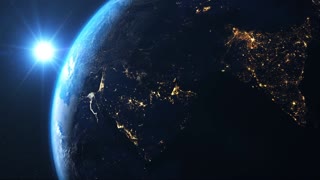 0:16
0:16
Editor Picks
2 years ago $0.01 earnedSolar system model
250 -
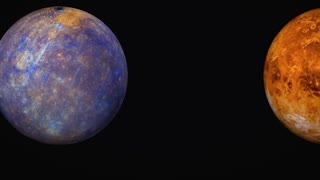 0:25
0:25
Editor Picks
2 years agoSolar system project
2.66K1 -
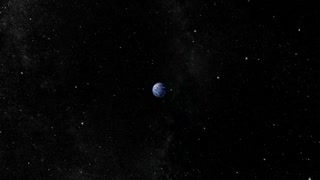 0:05
0:05
Pixabay
2 years agoSolar system planets
77 -
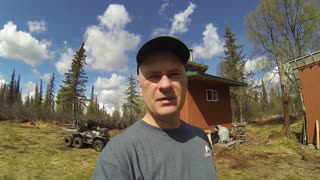 3:59
3:59
LastfrontierCabin
2 years ago $0.01 earnedSolar system install Part 1
1.13K -
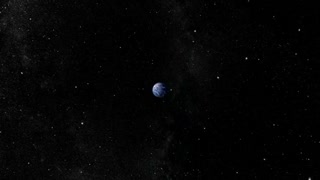 0:05
0:05
Pixabay
2 years agosolar system planets / hottest planet in solar system
72 -
 11:31
11:31
ryanhoguepassiveincome
21 hours agoTOP 5 NICHES 🔥 Print on Demand Niche Research # 207 — (5/12/2024)
33.4K6 -
 51:31
51:31
Science & Futurism with Isaac Arthur
1 day agoAutomated Justice
33.2K9 -
 8:05
8:05
Ethical Preparedness
22 hours agoEASY Homemade Allergy Medicine - Medical Prepping for SHTF - Natural Medicine
16.3K14 -
 20:48
20:48
JoBlo Originals
1 day agoWhat Happened to WES STUDI?
23.3K17 -
 57:54
57:54
Proof Bread
1 day agoSwabian Pretzels the Sourdough Way
27.8K7